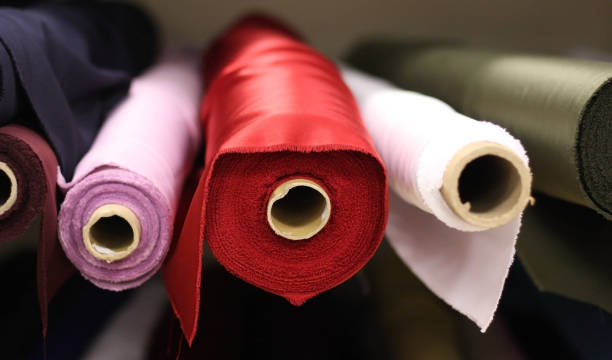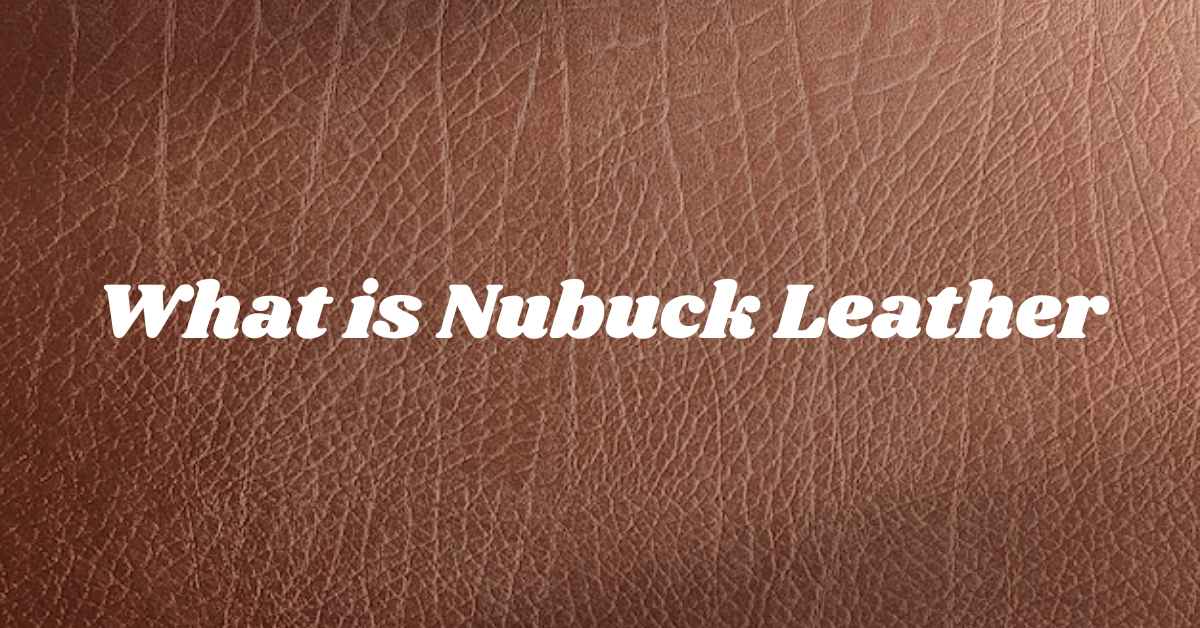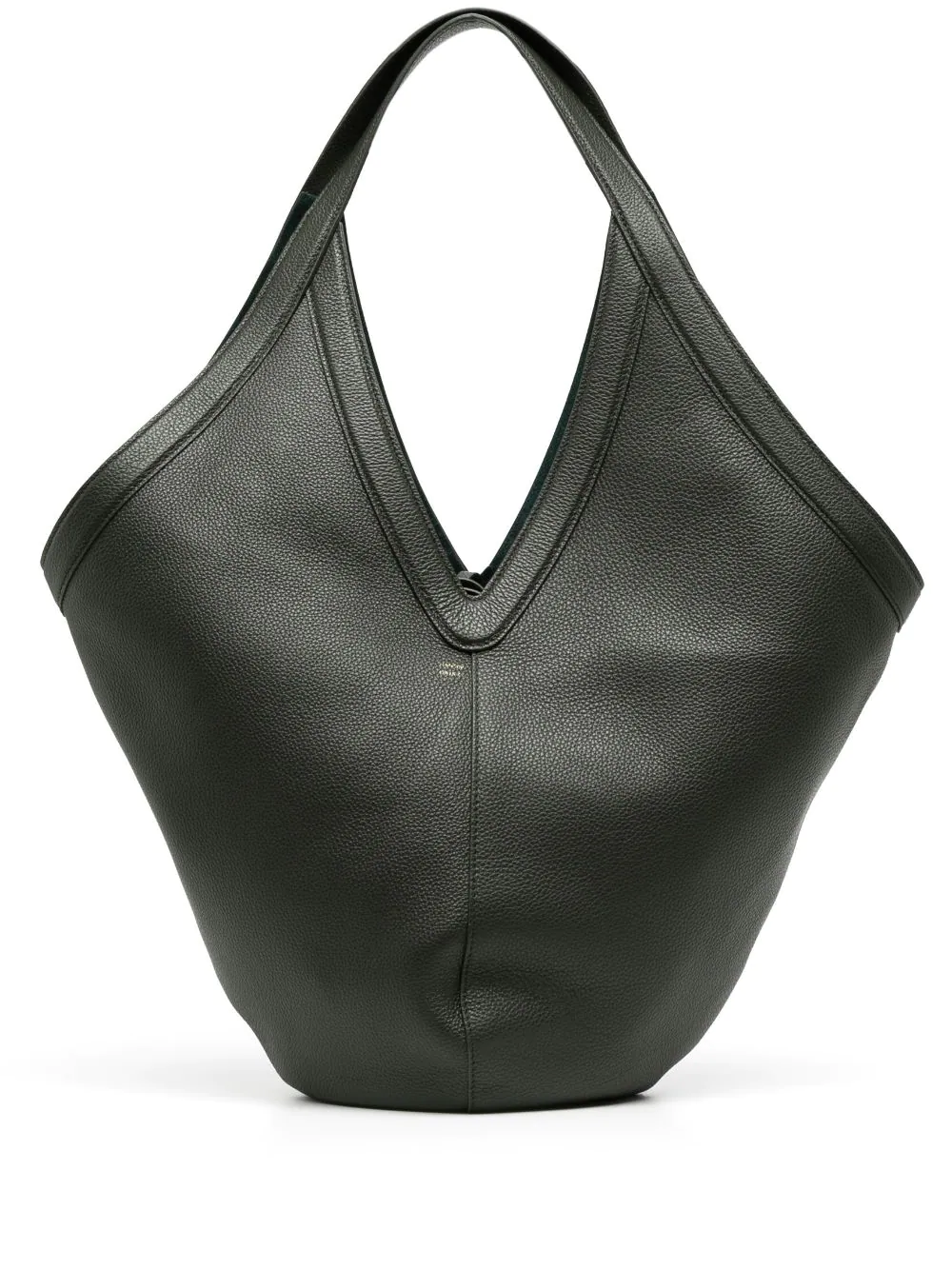Jute fabric, known as the ‘Golden Fibre,’ is a strong, coarse, and eco-friendly textile made from the jute plant’s stem. It is 100% biodegradable.
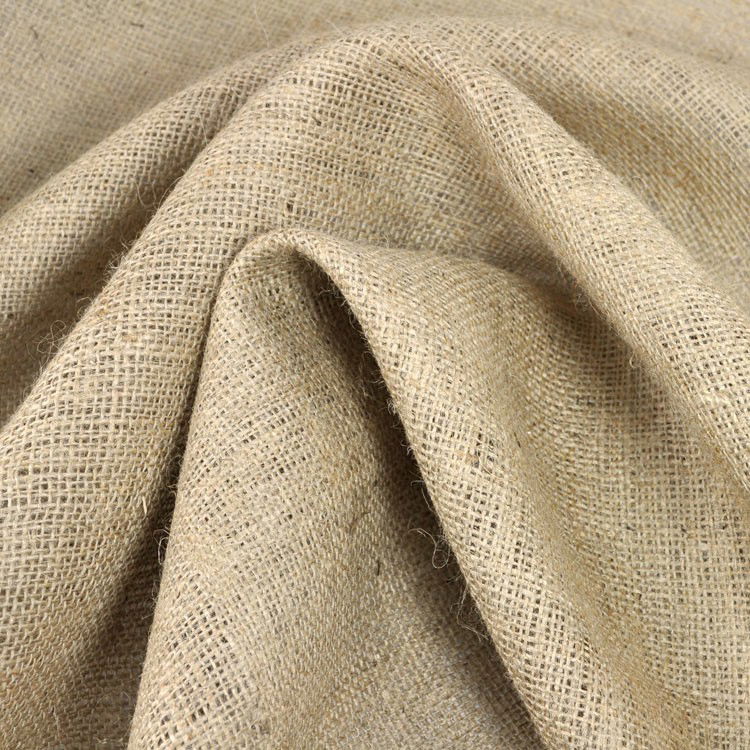
Table of Contents
- What Exactly is Jute Material?
- How is Jute Fabric Made? The Journey from Plant to Textile
- What are the Key Characteristics of Jute?
- Where is Jute Primarily Produced?
- Common Types and Uses of Jute Fabric
- Is Jute an Environmentally Friendly Fabric?
- Jute’s Place Alongside Other Natural Materials
- Frequently Asked Questions About Jute
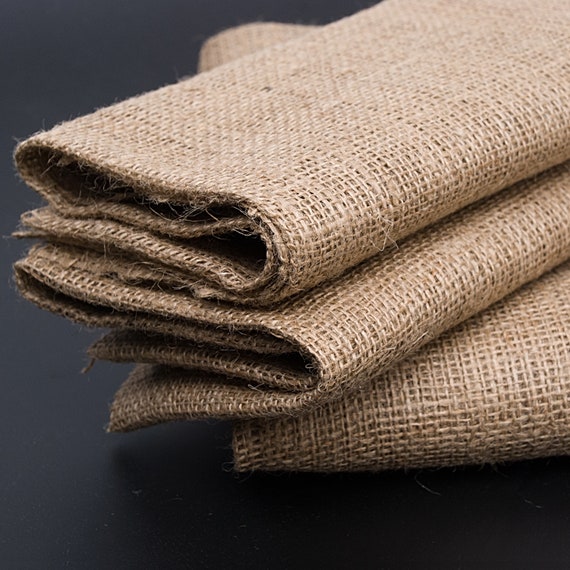
What Exactly is Jute Material?
Jute is a long, soft, and shiny vegetable fiber that can be spun into coarse, strong threads. The fibers are derived from the stem and outer skin of plants in the Corchorus genus. For centuries, it has been a cornerstone of textile production in certain parts of the world, valued for its strength and versatility. Its natural golden-brown hue and silky shine are what earned it the illustrious nickname, The Golden Fibre. This isn’t a modern marketing term; it reflects the material’s immense economic value and physical appearance, making it one of the most important natural fibers after cotton.
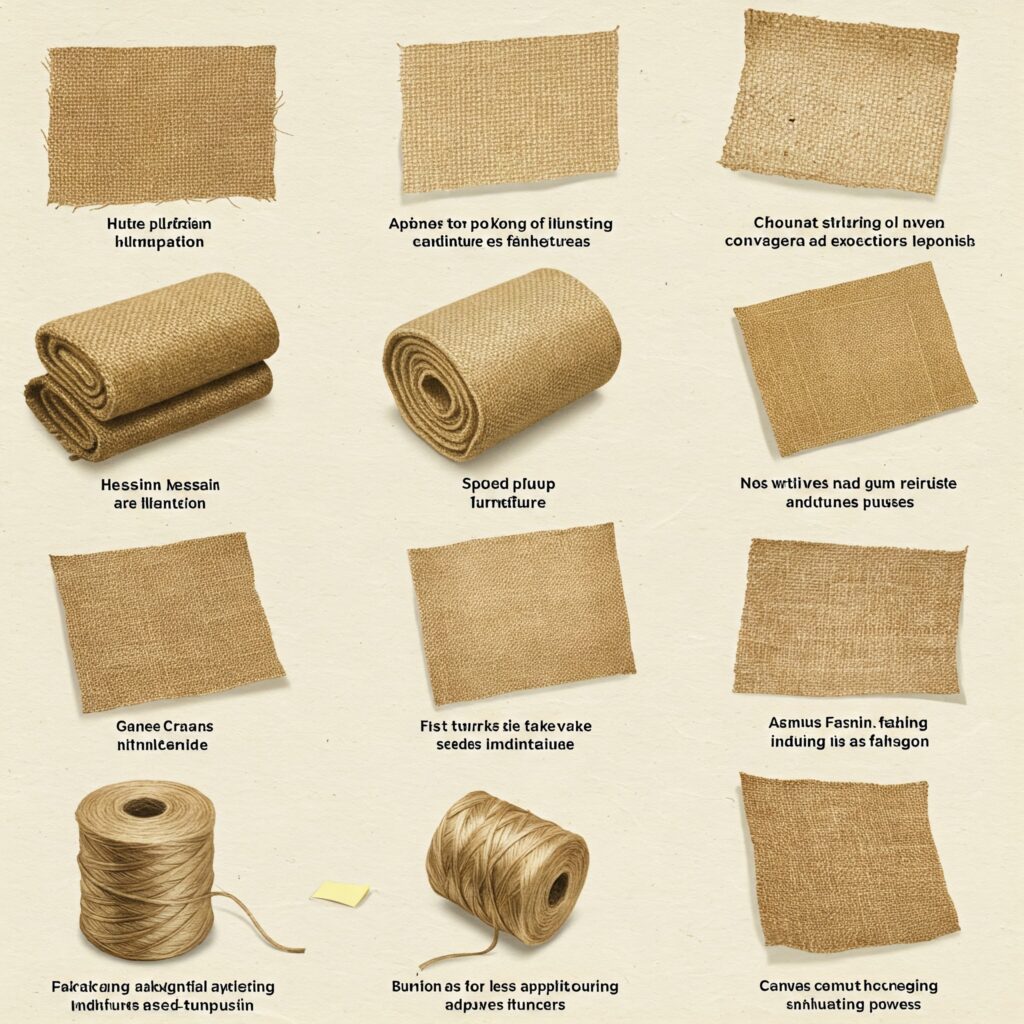
Historically, jute has been the backbone of packaging, used to create sacks and bags for shipping agricultural goods like coffee beans, rice, and potatoes. Its durability and breathability made it the ideal choice for protecting commodities during long journeys. While it has faced competition from synthetic materials, a growing global consciousness about sustainability has brought jute back into the spotlight, highlighting its eco-friendly credentials and rustic charm.
How is Jute Fabric Made? The Journey from Plant to Textile
The transformation of a slender jute plant into a durable textile is a labor-intensive process that has remained largely traditional for generations. It involves several distinct stages that rely on natural processes and skilled hands to extract the valuable fibers.
Cultivation and Harvesting
Jute plants, primarily species like Corchorus olitorius and Corchorus capsularis, thrive in warm, humid climates with ample rainfall. The cultivation cycle is relatively short, with plants reaching maturity in about 100-120 days. Harvesting begins once the plants start to flower. Farmers cut the long stalks close to the ground and tie them into bundles, preparing them for the most critical stage of fiber extraction.
The Retting Process: Separating the Fibers
To separate the fibrous outer layer from the woody inner stalk, the bundled stems undergo a process called retting. This is a microbial action where the bundles are submerged in slow-moving water, like ponds or rivers, for 10 to 30 days. During this time, pectin-dissolving bacteria break down the cellular tissues and gummy substances that bind the fiber to the stalk. The timing is crucial; under-retting makes fiber extraction difficult, while over-retting weakens the fibers.
Stripping, Washing, and Drying
Once retting is complete, the non-fibrous material is scraped away in a process known as stripping, often done by hand. The workers hold the stalks and hit them with a paddle or break them to separate the long, golden fibers from the woody core. These extracted fibers are then washed thoroughly in clean water to remove any remaining impurities. Finally, the lustrous fibers are hung on lines or spread on the ground to dry in the sun for two to three days.
Spinning and Weaving into Fabric
The dried jute fibers are graded, bundled, and transported to mills. There, they are processed through machines that soften and comb them, arranging the fibers into a continuous, untwisted rope called a sliver. These slivers are then spun into yarn of varying thickness. This yarn is finally woven into different types of fabric, from fine decorative textiles to coarse, heavy-duty burlap or sacking cloth, ready for a multitude of applications.
What are the Key Characteristics of Jute?
Jute possesses a unique combination of properties that define its functionality and appeal. Understanding its strengths and weaknesses helps determine its best applications. It is celebrated for its natural toughness but is also recognized for having certain limitations compared to other fibers.
Its primary advantage lies in its high tensile strength and low extensibility, meaning it doesn’t stretch much, which is ideal for packaging and load-bearing items. Furthermore, its coarse texture provides excellent grip and durability for products like rugs and ropes. However, the fabric can be somewhat brittle and is prone to shedding fibers. It also loses a significant amount of its strength when wet and can be susceptible to microbial attack in damp conditions if not properly treated.
| Strengths | Weaknesses |
|---|---|
| High Tensile Strength: One of the strongest natural fibers, ideal for bags and ropes. | Loses Strength When Wet: Becomes weaker and susceptible to damage when soaked. |
| Eco-Friendly & Biodegradable: Decomposes naturally without releasing harmful toxins. | Prone to Wrinkling: Creases easily and can be difficult to iron out. |
| Breathable: Allows air to circulate, making it suitable for storing agricultural products. | Coarse Texture: Can feel rough against the skin, limiting its use in apparel. |
| Affordable: Abundant and relatively inexpensive to produce compared to many other natural fibers. | Brittleness: Can become brittle with age and may break along sharp folds. |
Where is Jute Primarily Produced?
Jute production is geographically concentrated, thriving in the specific environmental conditions of the Indian subcontinent. The vast majority of the world’s jute is cultivated in the fertile lands of the Ganges Delta, a region that spans across India and Bangladesh.
India is the world’s largest producer of raw jute and jute products. The state of West Bengal is the heart of India’s jute industry, accounting for a significant portion of the country’s total output. The climate, soil, and abundance of water in this region create the perfect environment for jute cultivation. Bangladesh follows closely as the second-largest producer and is the world’s largest exporter of raw jute fibers. The quality of Bangladeshi jute is often considered superior due to the region’s ideal river systems for the retting process. Together, these two countries dominate the global jute market, shaping its supply and pricing. Other countries like China, Thailand, and Nepal also produce jute, but on a much smaller scale.
Common Types and Uses of Jute Fabric
The versatility of jute yarn allows it to be woven into various fabrics, each suited for different purposes. While most people associate jute with simple brown sacks, its applications are far more diverse, ranging from heavy industrial use to refined home furnishings.
Burlap (Hessian): The Most Recognizable Form
Burlap, also known as Hessian cloth, is a plain-weave jute fabric. It is what most people picture when they think of jute. Its uses are extensive, including making bags for coffee and grain, creating rustic home decor like table runners and curtains, and serving as a base for arts and crafts. Its breathability and strength make it a functional and aesthetic choice.
Sacking: For Heavy-Duty Applications
Sacking is a heavier, more coarsely woven jute fabric than burlap. As the name suggests, it is primarily used to manufacture heavy-duty sacks and bags for transporting sand, agricultural produce, and other bulk commodities. Its robust construction ensures it can withstand significant weight and rough handling.
Jute Geotextiles: An Eco-Friendly Engineering Solution
These are specialized jute fabrics used in civil engineering and agriculture for soil erosion control, landslide prevention, and vegetation reinforcement. The open-mesh structure of jute geotextiles holds soil in place while allowing plants to grow through it. As the jute naturally biodegrades, it enriches the soil, providing a completely sustainable solution.
Modern Applications in Fashion and Home Decor
In recent years, jute has found a new life in contemporary products. Jute is now blended with other fibers like cotton or silk to create softer textiles used for fashion accessories, espadrilles, and even some apparel. In home decor, it is a popular material for rugs, baskets, lampshades, and upholstery, celebrated for its natural texture and earthy aesthetic.
Is Jute an Environmentally Friendly Fabric?
Jute is widely regarded as one of the most sustainable fibers available. Its environmental credentials are a major reason for its resurgence in popularity. The jute plant requires minimal fertilizers and pesticides to grow, especially compared to cotton. It has a high rate of carbon dioxide absorption and releases more oxygen into the atmosphere than many trees, making its cultivation beneficial for air quality.
The entire plant is utilized: the fibers are used for textiles, while the woody stalks are used for fuel or papermaking, minimizing waste. Most importantly, jute is 100% biodegradable and compostable. A jute bag will decompose in a few months, returning nutrients to the soil without leaving behind harmful residues. However, it’s worth noting that the traditional retting process can sometimes pollute local water bodies if not managed responsibly. Despite this, when weighed against synthetic alternatives like polypropylene, which are petroleum-based and non-biodegradable, jute stands out as a far superior choice for the planet.
Jute’s Place Alongside Other Natural Materials
Jute shares a common philosophy with other esteemed natural materials like full-grain leather: a commitment to durability, authenticity, and sustainable sourcing. While jute offers a rustic, fibrous strength, leather provides a supple, refined resilience. Both materials age gracefully, developing a unique character over time rather than wearing out. They represent a move away from disposable, mass-produced goods toward items that are crafted to last and possess a timeless appeal.
At Beldturaleather.com, we are passionate about materials that tell a story. We believe in the power of nature to provide solutions that are both beautiful and incredibly strong. Just as jute embodies raw, earthy durability in textiles, our handcrafted full-grain leather goods represent the pinnacle of strength and elegance in accessories. Our commitment to using high-quality, natural materials ensures that every product, from a robust leather duffle bag to a finely stitched journal, is built for a lifetime of use, honoring the very best that nature has to offer.
Frequently Asked Questions About Jute
As jute becomes more common in everyday products, many people have questions about its properties and care. Here are answers to some of the most common inquiries.
Is jute waterproof?
No, jute is not naturally waterproof. In fact, it absorbs water readily and loses a significant portion of its tensile strength when wet. Some jute products may be treated with a water-resistant coating or laminated with a plastic liner to make them suitable for certain applications, but the raw fabric itself is highly absorbent.
How do you care for jute fabric?
Jute requires gentle care. It is best to spot-clean jute items with a damp cloth and mild soap. Submerging jute in water can cause it to weaken, shrink, or become discolored. If a jute rug or bag becomes wet, it should be blotted with a towel and allowed to air-dry completely away from direct sunlight to prevent brittleness.
Is jute expensive?
Jute is one of the most affordable natural fibers available, second only to cotton in terms of production volume and use. Its low cost, combined with its strength and sustainability, makes it an economically attractive material for a wide range of products, from industrial packaging to consumer goods.

